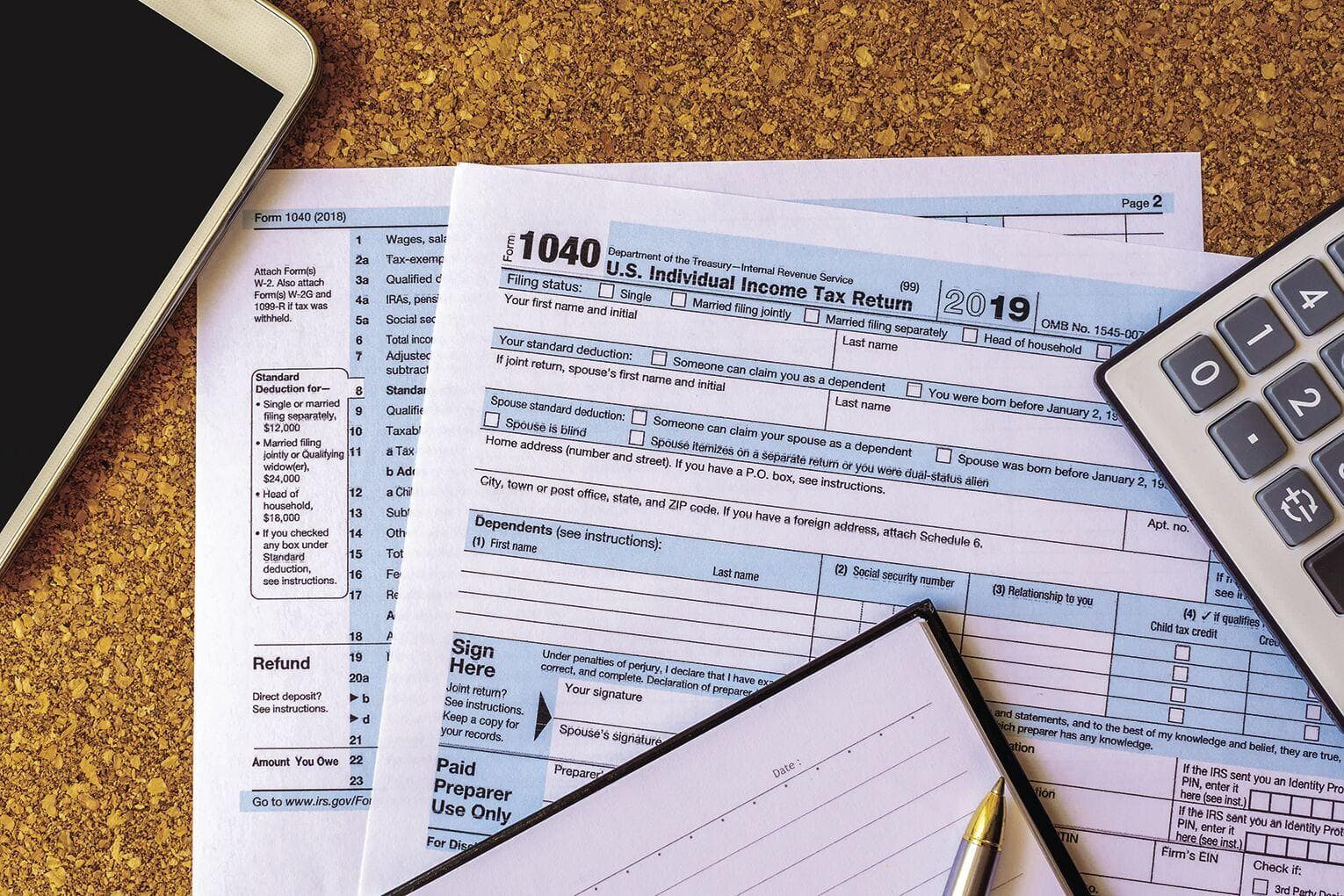President Joe Biden recently announced the American Families Plan. Biden proposes paying for the AFP by increasing the capital gains tax rate from 23.8 percent to 43.4 percent (including a surtax) for households earning more than $1 million per year.
Many small-business owners don’t make $1 million in their best year until they sell their business (as part of this proposal, capital gains tax is considered income).
Suppose you had planned on selling your company to retire. In that case, you might have to work another five to 10 years to save up for the retirement you envisioned.
Under the new tax law, if you sell your business for $10 million, nearly $2 million of your after-tax proceeds is vaporized. It is imperative that you reduce your tax burden to counter this blow.
You only pay taxes on profit, so, you want to claim every expense. IRS Form 8829 allows you to deduct home office expenses, such as mortgage interest, real estate taxes, utilities and depreciation. Be sure to claim technology, supplies, cellphone and business travel.
Your expenses shouldn’t consistently exceed your revenues.
Some owners have told me that they take any “profit” and invest it back into the company. However, all that means is that their company doesn’t make any money, and it’s essentially worthless.
You can help yourself and your employees by finding a noncash means to compensate them. If you pay your employee with wages, then they must pay income tax. Both the owner and the employee must pay FICA (Federal Insurance Contributions Act) and Medicare tax — a total of 7.65 percent each.
Add employee benefits instead of raises. For example, add an equivalent amount of additional medical insurance or college reimbursement.
You can take your pretax money and sock it away into tax-deferred investment accounts. You reduce your taxes while building your retirement portfolio.
Contributing to a qualified plan reduces taxable self-employment income.
Assume your taxable self-employment income without a qualifying plan contribution is $300,000. If you contribute $50,000 into a qualified plan, your taxable income reduces to $250,000. That lower income triggers fewer tax payments elsewhere.
It won’t affect your Social Security taxes, because you have to pay up to the first $142,800 of income in 2021. But, you’ll pay $1,450 less on Medicare taxes (2.9 percent), and your additional Medicare tax on self-employment income would drop to zero because it’s only assessed on income of more than $250,000.
Your federal income tax amount would be reduced by nearly $20,000, making it roughly a 16 percent drop of your tax cost.
A SEP-IRA allows business owners to shield up to $58,000 per year (2021 limits). “SEP” stands for simplified employee pension. It provides the benefits of a traditional IRA in terms of ownership and taxation. The downside is that you must make a prorate contribution for employees, and that can be expensive.
A SIMPLE IRA may be a more cost-effective option than a SEP-IRA. SIMPLE stands for Savings Incentive Match Plan for Employees. Like the SEP, the SIMPLE IRA avoids complex federal reporting requirements that are typical for a 401(k).
The SIMPLE decrees that employers offer a match (for example, an employee’s contributions up to 3 percent of wages). Contributions are limited to $13,500 (2021 limit), and the employees are responsible for their contributions, other than the match.
A Health Savings Account (HSA) enables you to deflect up to $7,200 of income per year (2021 limit) from taxes. An HSA is unique because you benefit from both the tax-deductible contributions and federally tax-free distributions. The HSA allows you to use untaxed money for costs such as deductibles, co-payments and other medical expenses.
A defined benefit plan can be either a cash balance plan or a pension plan. Participants in a defined benefit plan can contribute up to $230,000 per year in 2021. Instead of paying taxes on $2,300,000 over the next decade ($230,000 times 10 years, assuming no increases), you put that into a retirement account.
During that period, you legally avoid paying taxes on what would otherwise have been considered taxable income.
Suppose you want to super-charge your tax savings. In that case, a business owner and a spousal employee can “front-load” a contribution and protect nearly $900,000 of your income. Defined benefit plans, like 401(k)s, can permit loans. You get to reduce your taxes, then still have access to spending the money.
The pension version of defined benefit plans has become less popular as large corporations have reduced their legacy costs. The cash balance version is similar to a pension plan, but instead of providing an annuity payment, employees have their own specified lump sum.
IRS Publication 3998 (Rev. 11-2020) irs.gov/pub/irs-pdf/p3998.pdf offers additional retirement solutions and more details so that you can shield your company from taxes.
No matter what your politics, it’s your responsibility to maximize your success by minimizing your taxes. Higher taxes will make your company less valuable, but these “loopholes” can help you get ahead in retirement.
This column was originally published in the Berkshire Eagle on May 8, 2021.
